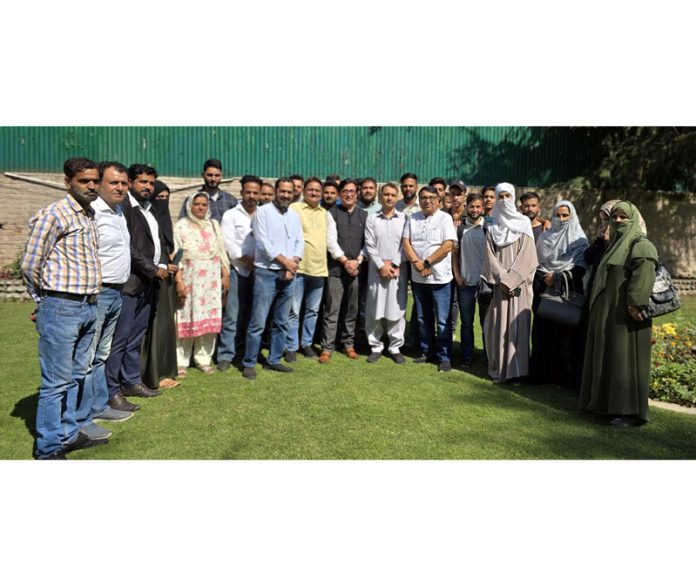L Subramaniam arrived in California in 1973, a heady moment for what was being called “East-West fusion”. Ravi Shankar had paved the way, first with a series of albums with Richard Bock’s World Pacific label — which would later champion Subramaniam too — and then with his performances at the Monterey Pop Festival and at Woodstock. A whole generation of American and European musicians was now looking East for inspiration.
Subramaniam, who played on Shankar’s iconic 1974 album Shankar Family & Friends (produced by George Harrison), would spend the first decade of his career building on that legacy with a string of improvisational Indo-jazz records, incorporating Carnatic ragas and African-American rhythm to create a style he liked to call “neo-fusion”. Meanwhile, he was also dreaming up a far grander, more ambitious vision of musical synthesis. “I loved Indian classical music and Western classical music, but I also loved other traditions,” he says.

“African music, Chinese music...
all the different traditions from different peoples around the world...
I wanted to bring them all together, under the term global music or ‘global fusion’.” The Lakshminarayana Global Music Festival, founded in 1992, proved to be a big step, as he and his then-wife Vijayashree (she died in 1995) brought together some of the best musicians from countries as diverse as Norway, Japan, Bulgaria and Kazakhstan. Seven years later, Subramaniam would take the lessons he learnt from the festival and use them as inspiration for his seminal 1999 album, Global Fusion.
In the five tracks on the album, Carnatic and Hindustani classical music engage in a frenetic yet effortless jugalbandi with elements of musical culture from other parts of the world: an Indonesian gamelan choir, the Australian didgeridoo, the Japanese koto and Spanish guitar. The 12-minute Gypsy Trail features the interplay of Carnatic music and Andalusian guitar, both traditions meeting in the fertile neutral ground of improvisational jazz. Blue Lotus, the album’s most thrillingly experimental track, blends the Chinese notes of Jie Bing Chen’s erhu with the contemporary Indian classical tones of Subramaniam’s Carnatic violin, as Kavita Krishnamurthy’s voice soars above them in lilting arias.
“I studied the instrumentation and traditions of the other artists very carefully and wrote pieces that would enhance their instruments’ tonality and also push the boundary,” Subramaniam says. “I wrote music that was different from what they usually played, and together we created something that had never been done.” The album received widespread acclaim, from critics, jazz-heads, fusion aficionados and fans of classical music.
Soundstage magazine called it “truly breathtaking in its beauty”. Global Fusion made a mark as a dramatic attempt to shift the idea of musical fusion away from East-West binaries, and shift the centre of global music away from the Anglosphere. Twenty-five years on, it continues to entertain and inspire, with Subramaniam still regularly performing under its banner, alongside a rotating cast of superstar guests such as blues legend Corky Siegel and jazz guitarist Thom Rotella.
It opened up a lot of people’s minds to the idea that “different kinds of music in the world have their own weight and dimensions, their own classicism,” he says. The album left a deeper, more personal, mark for him too. It was during the recording of Global Fusion that Subramaniam first worked extensively with the popular vocalist and playback singer Kavita Krishnamurthy.
The two would fall in love and marry, within four months. They continue to work together on fusion experiments, concerts and innovative music-school formats. It’s a charming footnote to an album that sought to promote peace, harmony and love through music.
.



















